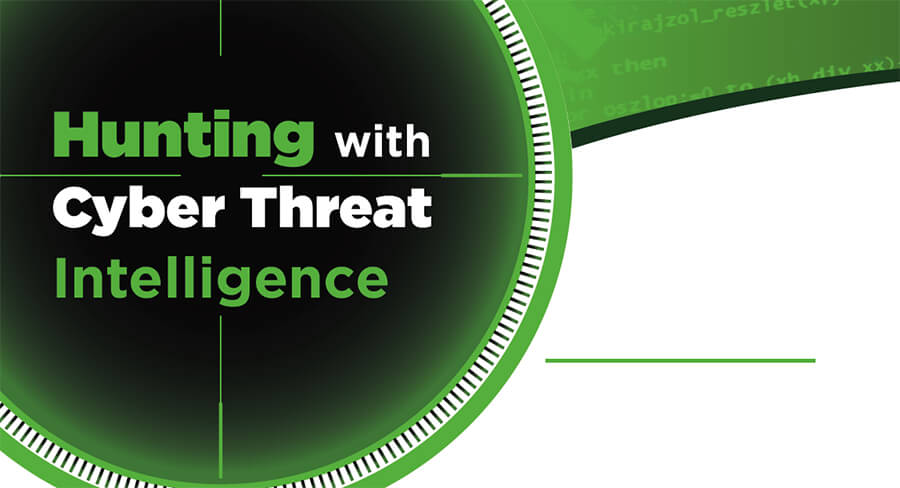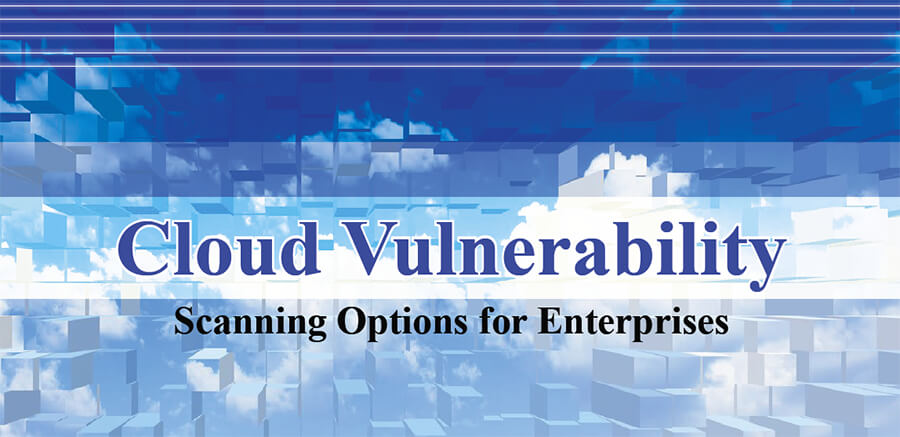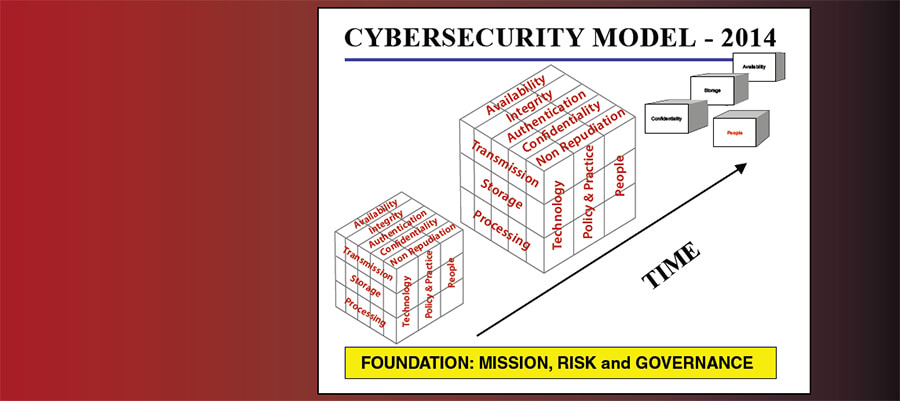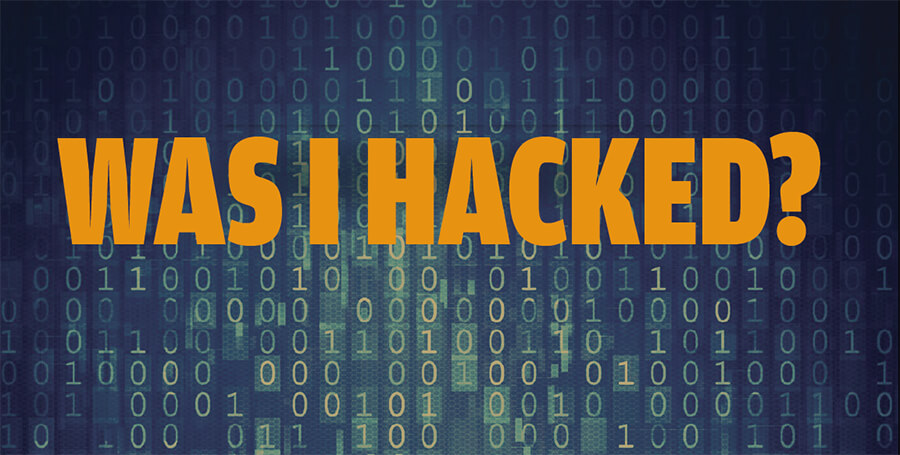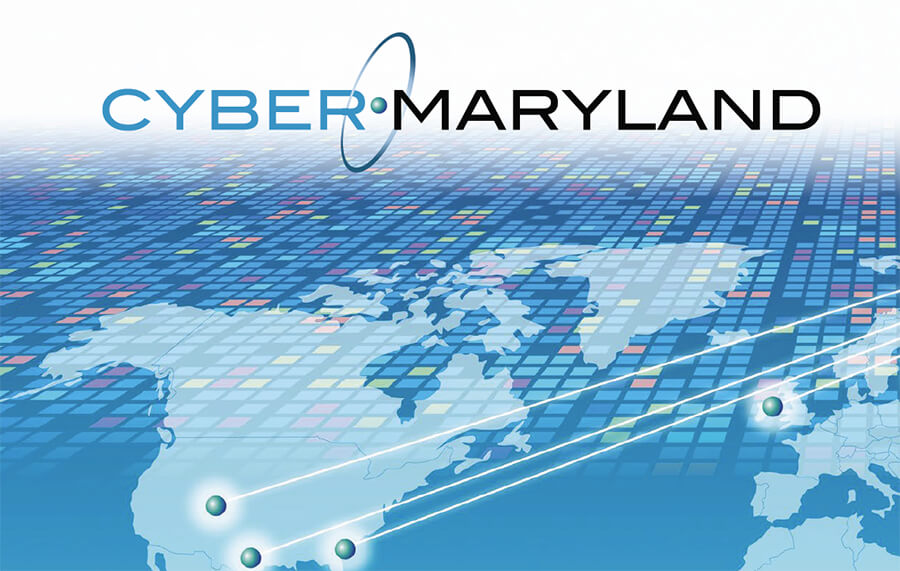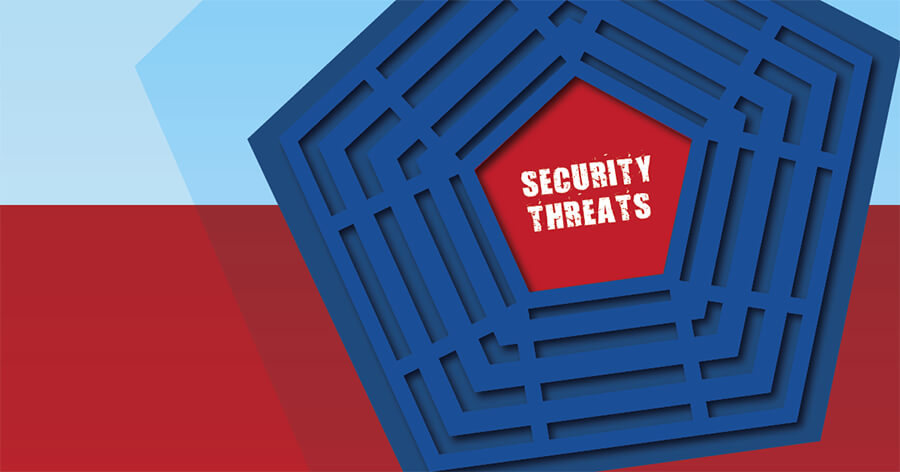CyberThreat Landscapes – The Human Factor
Hunting with Cyber Threat Intelligence
Author(s):
Robert S. Johnston, ,
Do the current techniques to conduct incident management and response constitute an effective counter threat operation? In today’s threat landscape, chasing down alerts from your SEIM may not be enough to catch the most advanced threats. Today’s Advanced Persistent Threats (APT) link sociological, psychological, and technical tradecraft together to infiltrate the most secure networks, and … Read more

